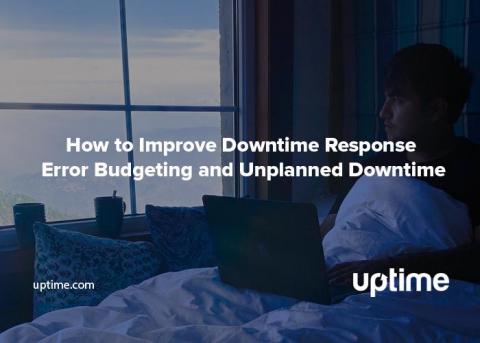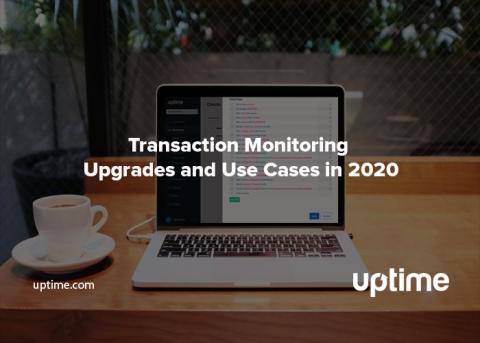IT and DevOps Resources for COVID-19
We’re all wrestling with less than ideal circumstances during the pandemic of COVID-19. Whether you’re sheltering in place or simply practicing social distancing, it’s safe to say we’re all adjusting to a temporary new normal. One commonality is the need for connectivity. If infrastructure fails, business will screech to a halt and we will find ourselves in a new kind of mess altogether.









